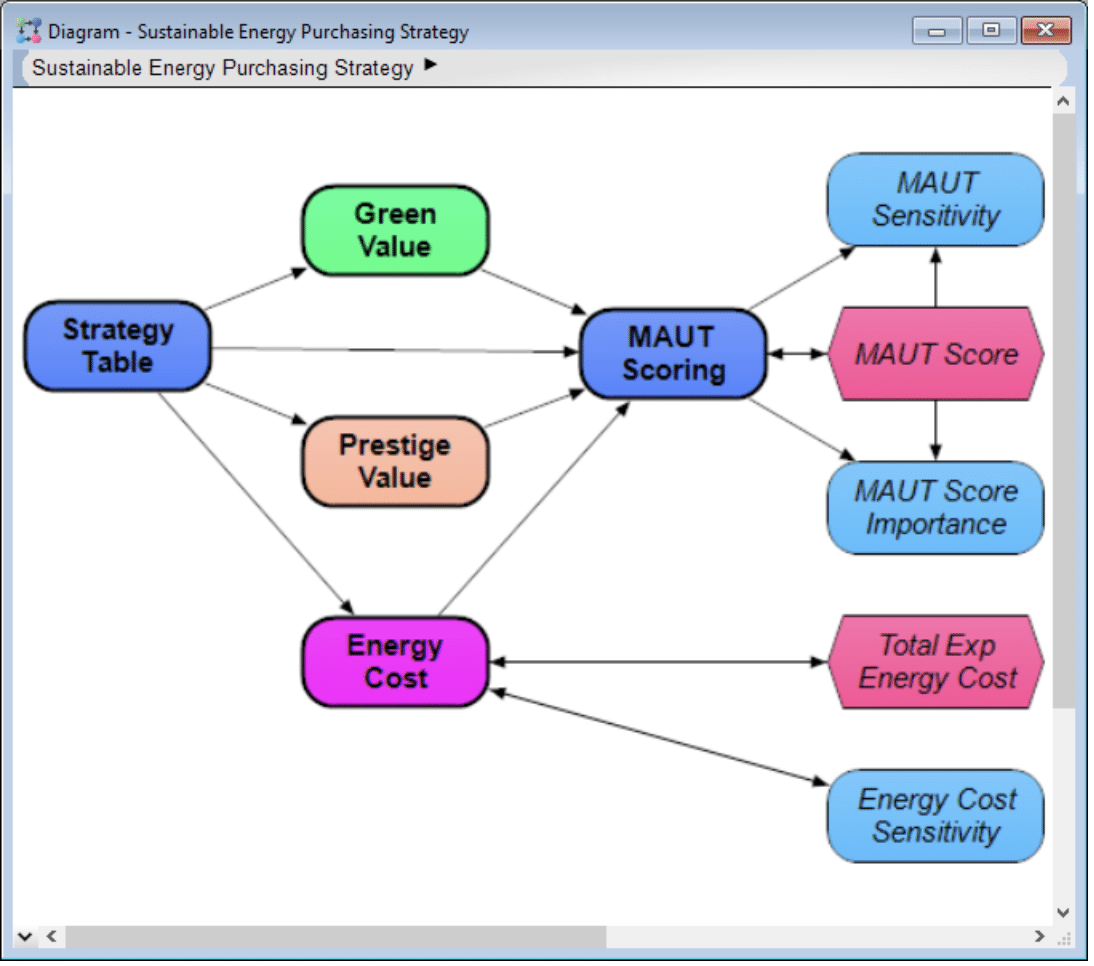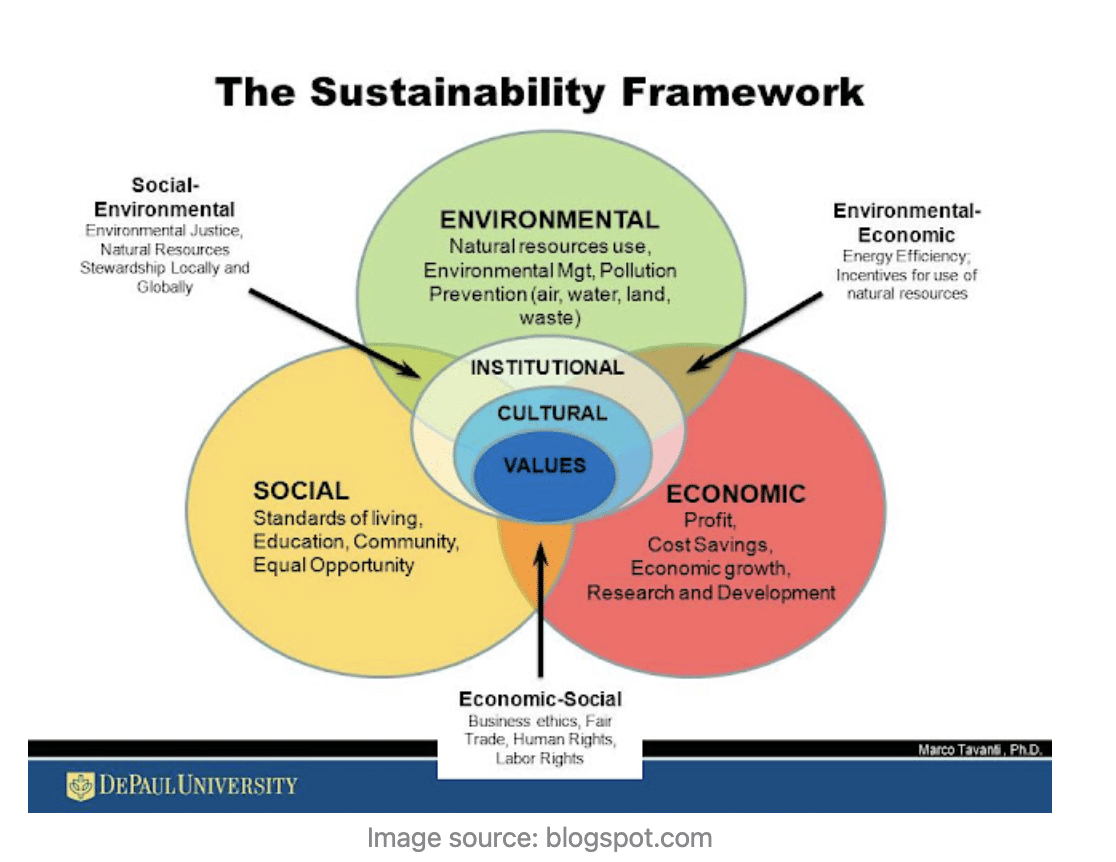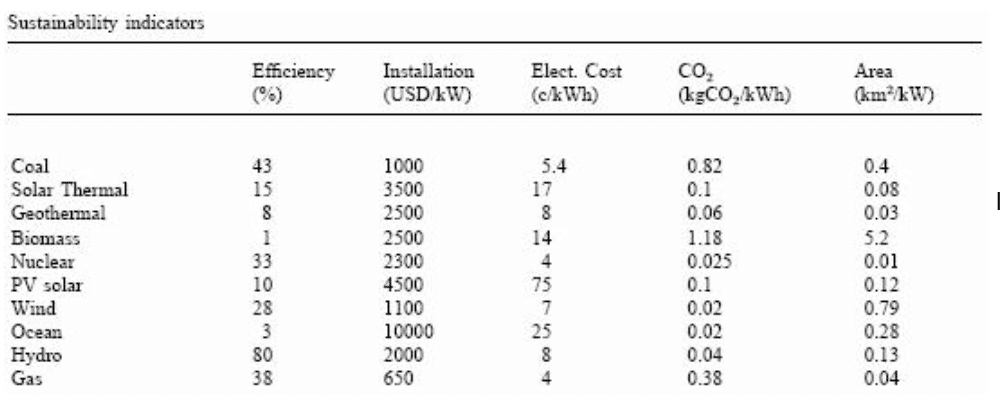Corporate sustainability is no longer just a buzzword—it’s a core business strategy that drives value, reduces risk, and enhances brand reputation. Yet, for many companies, the path to understanding and implementing sustainability initiatives can feel overwhelming.
From aligning with international standards to measuring and reporting on your progress, there are numerous challenges to address. This is where a robust sustainability analysis process can make a difference.
Discover how a sustainable analysis can help you streamline your decision-making process and uncover actionable insights.
Try our free Analytica software today to get started.
Whether you’re in the initial stages of integrating sustainable practices or looking to optimize existing strategies, understanding the right tools and frameworks can help you confidently navigate your sustainability journey.

What is sustainability analysis?
Sustainability analysis is the process of evaluating a company’s practices and their impact on the environment, society, and economy. It involves gathering, interpreting, and applying data to identify areas for improvement and support decision-making aligned with sustainable development goals (SDGs). By conducting sustainability analysis, companies can develop strategies to minimize negative impacts while maximizing value creation.
What are the 3 pillars of a sustainability analysis?
A well-rounded sustainability analysis examines three interconnected pillars:
- Environmental impact: focuses on assessing a company’s resource usage, waste management, carbon footprint, and energy efficiency. The aim is to minimize ecological impact through efficient resource usage, pollution control, and biodiversity conservation.
- Social responsibility: evaluates how business activities affect employees, communities, and society at large. This includes ensuring fair labor practices, promoting community engagement, and equitable resource distribution.
- Economic performance: measures financial practices in the context of long-term sustainability and resilience, ensuring that sustainability initiatives are financially viable and support economic growth without compromising environmental and social goals.
These three pillars form the foundation of sustainability analysis, guiding how companies assess and balance their overall impact on society and the environment. Integrating all three dimensions helps organizations create strategies that contribute to sustainable development and long-term business success.

What are the 5 C's of sustainability?
- Compliance: adhering to regulatory requirements and international standards.
- Cost savings: identifying opportunities to reduce costs through energy efficiency and waste reduction.
- Competitiveness: differentiating your brand by demonstrating sustainability leadership.
- Community: engaging with local communities to build positive relationships and social equity.
- Continuity: ensuring long-term business resilience and adaptability in changing market conditions.
Why should you conduct a sustainability data analysis?
A reliable analysis is crucial for setting benchmarks, tracking progress, and meeting regulatory requirements. Without accurate data, it’s difficult to make informed decisions or communicate your sustainability performance to stakeholders. However, the challenge lies in the fact that data is often scattered across different departments and tools, making it difficult to consolidate and analyze effectively.
Analytica’s decision modeling software addresses this issue by enabling you to collect and integrate data using intuitive influence diagrams. This visual approach allows you to organize and evaluate information, review the logic behind your decisions, and share insights seamlessly across teams—all within a single platform. With Analytica, you can clearly define variables, uncertainties, decisions, and interdependencies, empowering you to generate actionable insights and achieve your sustainability goals.
How to make sustainability analysis actionable?
A key challenge many companies face is translating sustainability data into actionable insights. Here are a few strategies to streamline this process:
- Set clear goals: define what sustainability means for your organization. Are you aiming to reduce your carbon footprint? Improve supply chain transparency? Knowing your goals will help you focus your analysis.
- Use a robust framework: utilize recognized frameworks such as the Global Reporting Initiative (GRI) or the Carbon Disclosure Project (CDP) to structure your analysis.
- Leverage the right tools: use software like Analytica to build influence diagrams and decision models that clarify complex sustainability issues and reveal optimal strategies. With our software, you can easily visualize relationships between variables, perform multi-criteria analysis, and explore different strategies for maximizing sustainability outcomes. Learn more about why Analytica is the right choice for your sustainability analysis needs.
- Benchmark and report: regularly benchmark against industry standards and report findings to internal and external stakeholders to maintain transparency and accountability.

Start now
Start making sense of your sustainability data with a tool designed to empower your decision-making. Discover Analytica’s products or read more about sustainability analysis according to Commoner’s Laws of Ecology or in learn more about sustainable energy planning.
By taking a proactive approach to sustainability analysis, you’ll be better positioned to enhance your company’s environmental and social impact, and ultimately contribute to a more sustainable future for all.






